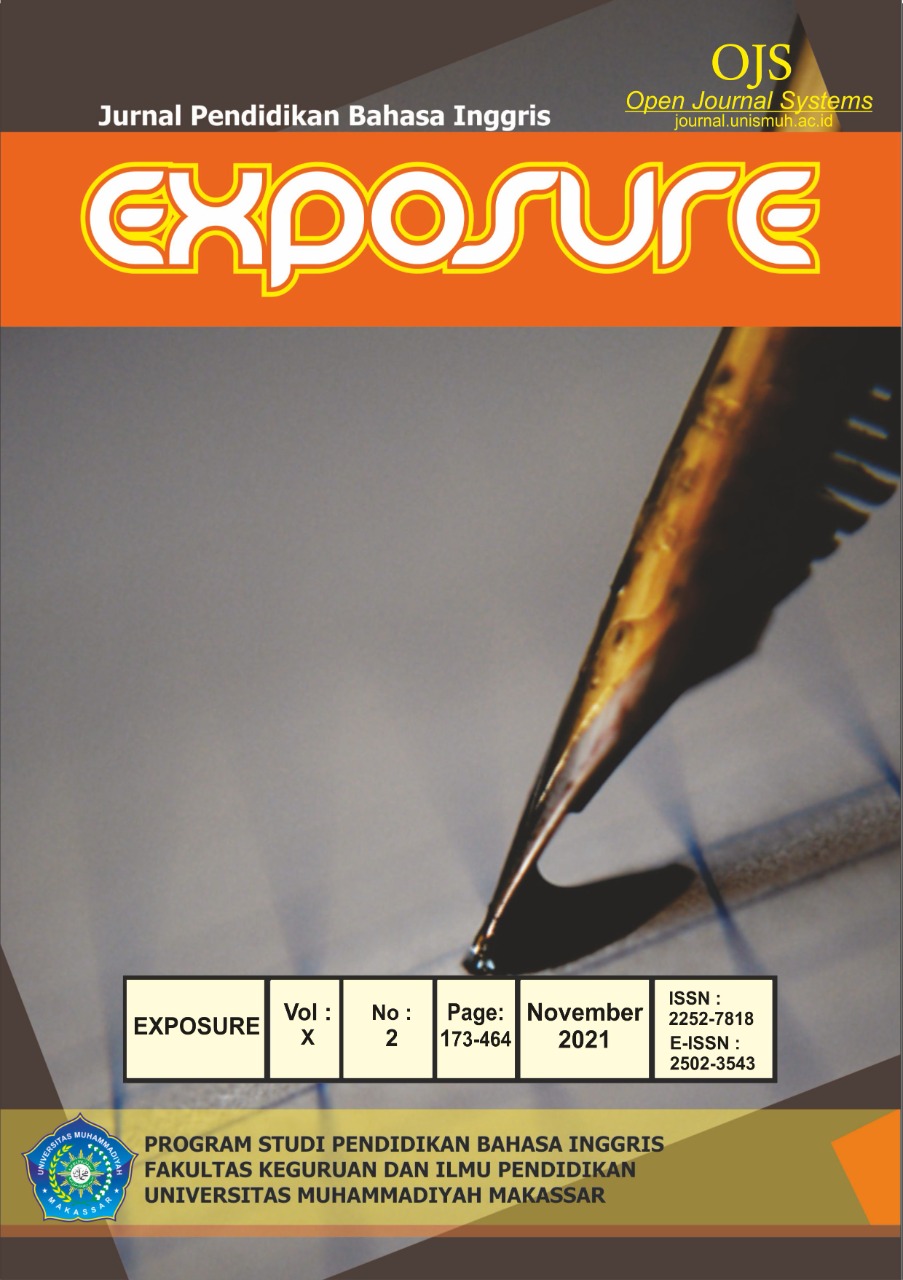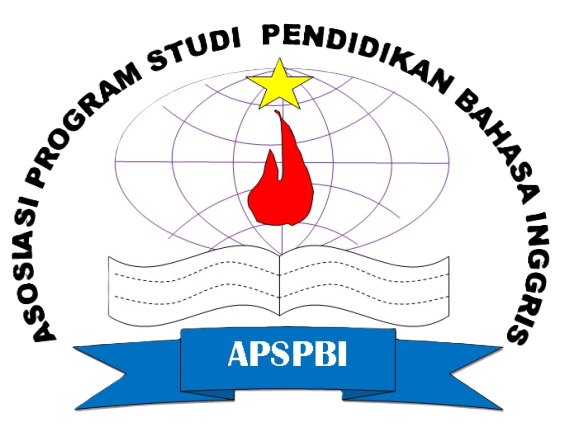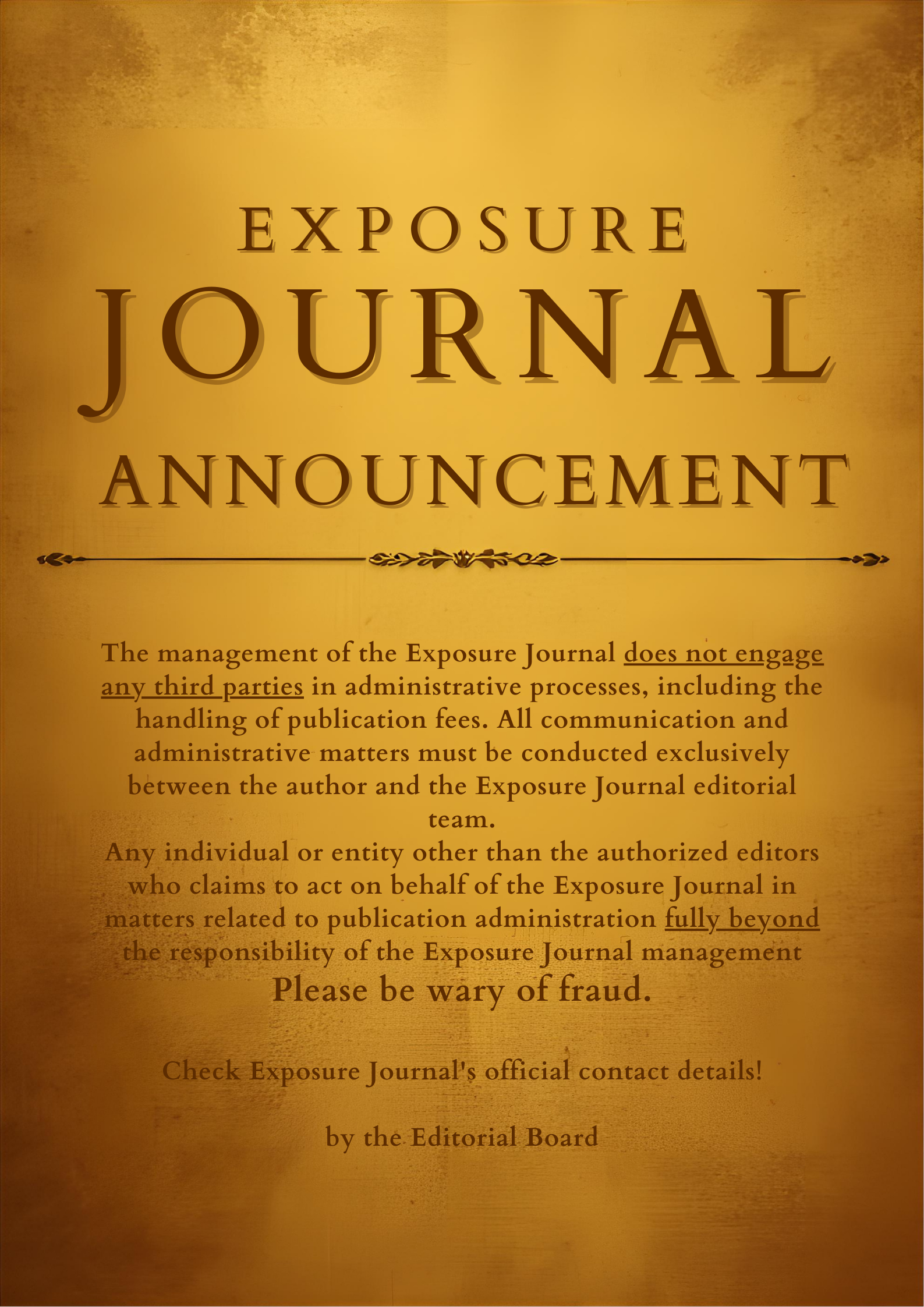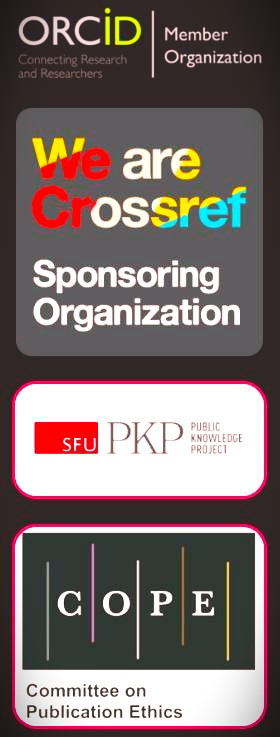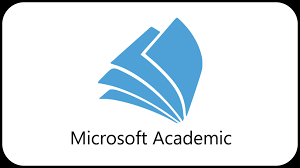AN ANALYSIS OF THE IMPACT OF PEER EDITING ON STUDENTS’ WRITING OF CLASS XI, LANGUAGE DIVISION OF SMA NEGERI 2 KUPANG
DOI: https://doi.org/10.26618/exposure.v10i2.6288
Analysis, impact, peer editing, writing, language, students
Abstract
This study was undertaken to determine the influence of peer editing on SMA Negeri 2 Kupang students' writing in argumentative and descriptive, as well as the components of writing that were altered, the impact on the students' writing scores and also the comparison impact of this peer editing based on students’ gender. To support the findings, this study is classified as dominating descriptive qualitative and blended with descriptive quantitative methods. However, the use of qualitative here is just to support the finding by expressing the influence of peer editing on students' writing through scoring. The findings of this study reveal that peer editing has both beneficial and negative effects on students' argumentative writing. The dominant impact found in this students’ writing is positive impact because there is only one negative impact has been determined. As the conclusion, this peer editing has some positive impacts to the component of writing such as, component of grammar, content, vocabulary, organization and mechanic. Second, the most positive impact of applying peer editing in argumentative writing is on the component of grammar. Third, the most component of writing that have been edited by the peers is grammar. Fourth, from the score of writing have been calculated, it is known that students’ writing score after editing session is more increase. Fifth, the result shows that most of editing have done in the argumentative writing is focus on grammatical component, and vocabulary, because from 59 from 74 editing is applied on grammatical component. The last, the comparison impact between male and female students writing is dominantly conducted on female students writing result and score.
References
Dai, L. (2011). Practical Techniques for Cultural – based Language Teaching in the EFL Classroom. Journal of language Teaching and Research, Vol 2, No 5, (pp 1031-1036)
Djahimo. E.P Santri .(2014). The Role of Vocabulary in Language Learning and Teaching. JIBS, Vol 01, No 02, Mei. ( 2304-2820). Undana Press.
Hedge T. (2005). Teaching English as second or Foreign Language. Oxford University Press .
Heaton, J.B. (1989). Writing English Language Test. New York: Longman Group UK.
Homstad .T and Thorson. H. (1994). Writing Theory and Practice in the second language Classroom: A selected biography. University of Minnesota
Mukminantien Nur. (2009). Implementasi cooperative learning dengan Collaborative assessment untuk meningkatkan Keterampilan mahasiswa pascasarjana dalam Mengajar writing. on bahasa dan seni, tahun 37, nomor 1, februari 2009-Universitas Negeri Malang.
Selinger, HW. Shohamy E. (1989). Second Language Research Methods. New York: Oxford University Press.
Sugiono. (2013). Memahami penelitian kualitative. Alfa Beta bandung.
Tans Feliks . (2014). Writing an Introduction. Bintang Lima Publisher – Kupang.
Yüce E. and Ataç B (2019)Peer editing as a way of developing ELT students’ writing skills: An action research Journal Of Language And Linguistic Studies(JLLS)
Downloads
Published
How to Cite
Issue
Section
License
Authors who publish with this journal agree to the following terms:
In order to assure the highest standards for published articles, a peer review policy is applied. In pursue of the compliance with academic standards, all parties involved in the publishing process (the authors, the editors and the editorial board and the reviewers) agree to meet the responsibilities stated below in accordance to the Journal publication ethics and malpractice statement.
Duties of Authors:
- The author(s) warrant that the submitted article is an original work, which has not been previously published, and that they have obtained an agreement from any co-author(s) prior to the manuscript’s submission;
- The author(s) should not submit articles describing essentially the same research to more than one journal;
- The authors(s) make certain that the manuscript meets the terms of the Manuscript Submission Guideline regarding appropriate academic citation and that no copyright infringement occurs;
- The authors(s) should inform the editors about any conflict of interests and report any errors they subsequently, discover in their manuscript.
Duties of Editors and the Editorial Board:
- The editors, together with the editorial board, are responsible for deciding upon the publication or rejection of the submitted manuscripts based only on their originality, significance, and relevance to the domains of the journal;
- The editors evaluate the manuscripts compliance with academic criteria, the domains of the journal and the guidelines;
- The editors must at all times respect the confidentiality of any information pertaining to the submitted manuscripts;
- The editors assign the review of each manuscript to two reviewers chosen according to their domains of expertise. The editors must take into account any conflict of interest reported by the authors and the reviewers.
- The editors must ensure that the comments and recommendations of the reviewers are sent to the author(s) in due time and that the manuscripts are returned to the editors, who take the final decision to publish them or not.
Authors are permitted and encouraged to post online a pre-publication manuscript (but not the Publisher’s final formatted PDF version of the Work) in institutional repositories or on their Websites prior to and during the submission process, as it can lead to productive exchanges, as well as earlier and greater citation of published work (see The Effect of Open Access). Any such posting made before acceptance and publication of the Work shall be updated upon publication to include a reference to the Publisher-assigned DOI (Digital Object Identifier) and a link to the online abstract for the final published Work in the Journal.

